Netzari Mashiach Judaism, THE WAY - back to the Tree of Life!
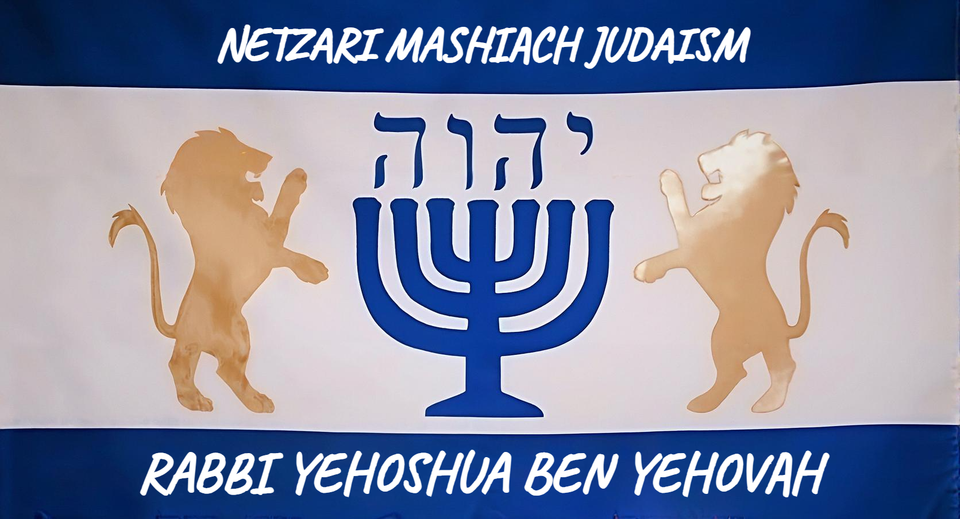
The WAY is not new — it is the ancient path of Torah and faith in Y’hoshua HaMashiach, leading us back to the Tree of Life.
“He who says he abides in Him must walk as He walked.”
— 1 Yochanan [1 John] 2:6
Returning to the Ancient Path
Many have lost sight of HaDerek — THE WAY that leads back to the Tree of Life. What began as the living, Torah-rooted faith of Yisra’el has been altered over time into a religion that often separates itself from the very foundations it was built upon. Netzari Mashiach Judaism seeks to restore that ancient path of truth — the Derek (Way), the Shamar (Guarding), and the Halakhah (Walking) — through obedience to Torah and faith in Y’hoshua HaMashiach.
Revelation reminds us:
“How blessed are those who wash their robes, so that they have the right to eat from the Tree of Life and go through the gates into the city.”
— Hitgalut [Revelation] 22:14
Sin first closed the way to the Tree of Life, and our Rabbi, Savior, and Mashiach — Y’hoshua — came to restore that access through His death and resurrection. Yet, many traditions today continue to obscure the path by redefining sin itself.
Understanding the Departure
Scripture defines sin plainly:
“Everyone who keeps sinning is violating Torah — indeed, sin is violation of Torah.”
— 1 Yochanan [1 John] 3:4
To ignore this definition is to misunderstand the very mission of HaMashiach. As Y’hoshua said:
“Yes, indeed! Everyone who practices sin is a slave of sin.”
— Yochanan [John] 8:34
The prophet Yeḥezqel (Ezekiel) warned of a time when even priests would no longer distinguish between what is holy and what is profane:
“They have not distinguished between the set-apart and profane, nor made known the difference between the unclean and the clean. They have hidden their eyes from My Sabbaths, and I am profaned in their midst.”
— Yeḥezqel [Ezekiel] 22:26
The result is confusion — a message that claims the commandments were “done away with” or “nailed to the cross.” Yet this echoes the serpent’s ancient question: “Did He really say…?” (Berĕshith [Genesis] 3:1). As Kefa wrote:
“Better not to have known the Way of righteousness than to turn from the holy commandment delivered to them.”
— 2 Kefa [Peter] 2:21
Guarding, The Way, and The Walk
Throughout Scripture, three core Hebrew concepts describe the journey of covenant life:
- Shamar (Guard): to watch over, pay attention to, and be responsible for.
- Derek (The Way): the road or path of life — the divine direction of righteousness.
- Halakhah (Walk): our daily manner of living — to walk that path faithfully.
Kefa warned,
“Many will follow their debaucheries, and because of them, the true Way will be maligned.”
— 2 Kefa [Peter] 2:2
Even in the first century, HaDerek was misunderstood and rejected.
“But this I do admit to you: I worship the God of our fathers in accordance with the Way (which they call a sect). I continue to believe everything that accords with the Torah and everything written in the Prophets.”
— Acts 24:14
The early followers of Y’hoshua were known as Netzarim — The Way — a continuation of Torah-faithful Judaism centered on the promised Mashiach. To outsiders, it was seen as a sect of Judaism, not a new religion.
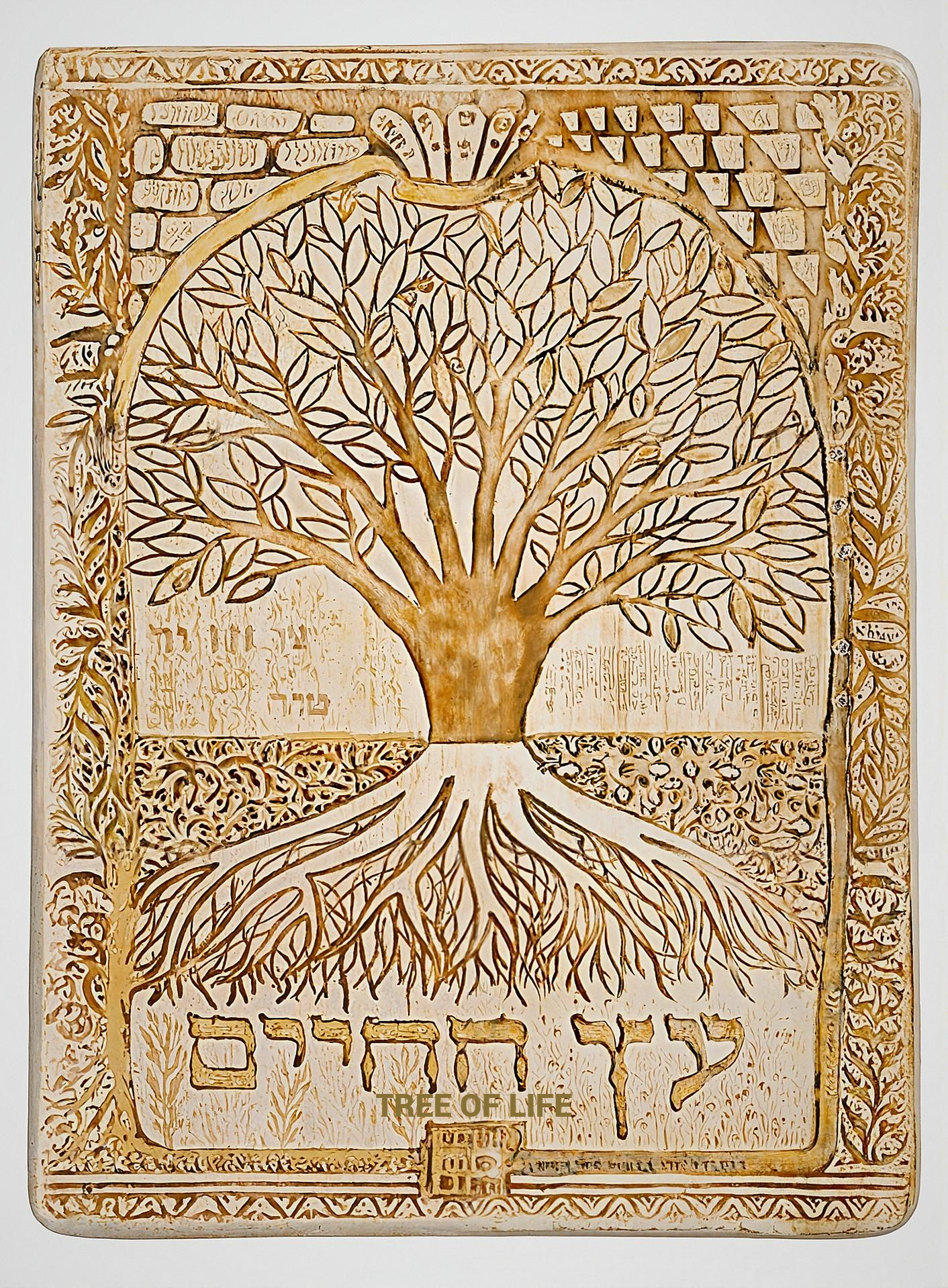
The Guarded Path to the Tree of Life
When Adamah (Adam) failed to shamar — to guard — the command in Gan Eden, the way to the Tree of Life was closed:
“So He drove the man out, and He placed at the east of the garden of `Eden the k’ruvim and a flaming sword which turned in every direction to guard the way to the Tree of Life.”
— Berĕshith [Genesis] 3:24
Our task is to do what Adam did not: to shamar the Word of Y’hovah and halakhah in obedience.
“Do not add to what I am commanding you, and do not subtract from it.”
— Devarim [Deuteronomy] 4:2
As Rabbi Sha’ul (Paul) wrote,
“Keep working out your deliverance with fear and trembling.”
— Philippians 2:12
The goal is not hidden. It is clearly stated:
“Blessed are those guarding His mitzvot, that they may have the right to the Tree of Life, and may enter in through the gates into the city.”
— Hitgalut [Revelation] 22:14
Mashiach confirmed this when He said,
“Blessed rather are those hearing the Word of Elohim and guarding it.”
— Luke 11:28
And David declared,
“Blessed are the undefiled in the Way, who walk in the Torah of Y’hovah.”
— Tehillim [Psalm] 119:1
The Beauty of Torah
Torah is described in Tehillim [Psalm] 19:7–11 as perfect, pure, true, righteous, and sweeter than honey. Far from bondage, Torah is the divine halakhah — the instruction for how to live.
Yet today, many label these treasures as “legalism” or “works,” misunderstanding that Torah and grace are not enemies but partners in covenant life. Grace empowers obedience; it does not excuse disobedience.
Mal’akhi reminded Israel’s teachers:
“A Cohen’s lips should safeguard knowledge, and people should seek Torah from his mouth, because he is the messenger of Adonai-Tzva’ot. But you turned away from the path, you caused many to fail in the Torah.”
— Mal’akhi [Malachi] 2:7–8
Still, the true talmidim of Y’hoshua recognize HaDerek — the narrow way few will find:
“Here is the endurance of the set-apart ones, those guarding the commands of Elohim and the faith of Y’hoshua.”
— Hitgalut [Revelation] 14:12
The Way Is Not New
Y’hoshua did not establish a new religion. He restored the ancient path:
“Do not think that I came to dissolve the Torah or the Prophets; I did not come to destroy but to fulfill.”
— Mattityahu [Matthew] 5:17–19
The talmidim gathered in Acts 2 were already celebrating Shavuot — the appointed time of Y’hovah — just as their fathers had done since Sinai (Acts 7:38). The assembly of Yisra’el existed long before Rome or modern religion.
Netzari Mashiach Judaism stands in that same stream of faith — the faith of Avraham, Yitz’chak, and Ya’akov — walking the Derek and Halakhah that leads back to the Tree of Life.
“Stand at the crossroads and look; ask about the ancient paths — which one is the good way? Take it, and you will find rest for your souls.”
— Yirmeyahu [Jeremiah] 6:16.
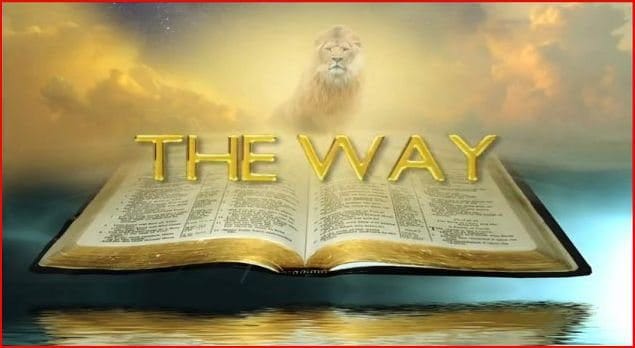
The Covenant Belongs to Israel
The covenant was made with Yisra’el alone, yet through faith in Mashiach, the nations are invited to be grafted in:
“If some of the branches were broken off, and you, a wild olive shoot, were grafted in among them, and have become equal sharers in the rich root of the olive tree…”
— Romans 11:17
Without Torah, there is no covenant; without covenant, there is no definition of sin; and without repentance, there can be no restoration.
“I will put My Torah within them and write it on their hearts.”
— Yirmeyahu [Jeremiah] 31:33
This is HaDerek — the Way back to life, covenant, and truth.
Returning to the Tree of Life
Every Word that proceeds from Y’hovah’s mouth gives life.
“Man does not live on bread alone, but on every word that comes from the mouth of Y’hovah.”
— Mattityahu [Matthew] 4:4
Torah is not simply law — it is instruction, the Father’s teaching for righteous living. It defines the walk of His people and reveals the path back to the Tree of Life.
Netzari Mashiach Judaism calls all who love Y’hoshua to return to this ancient path — to guard (shamar), walk (halakhah), and live according to HaDerek, the true Way that leads to life eternal.
By Rabbi Francisco Arbas
📧 franciscoarbas.yisrael@gmail.com
Following His ‘WAY’ — Netzari Mashiach Judaism
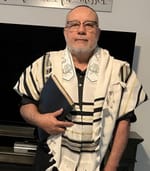
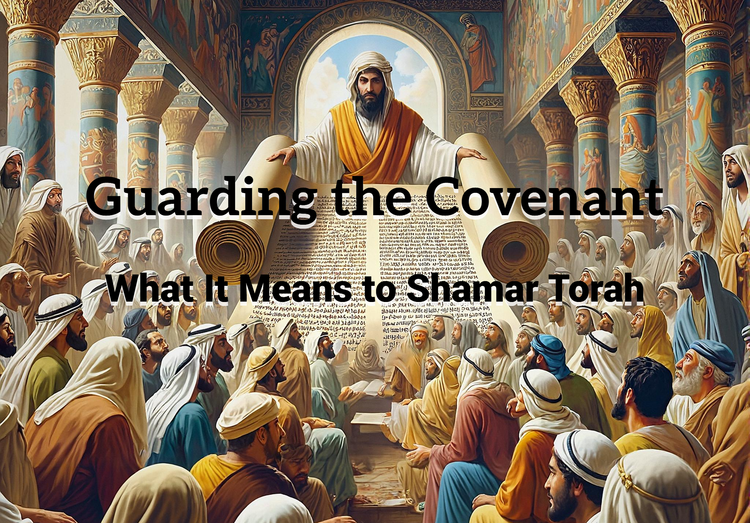
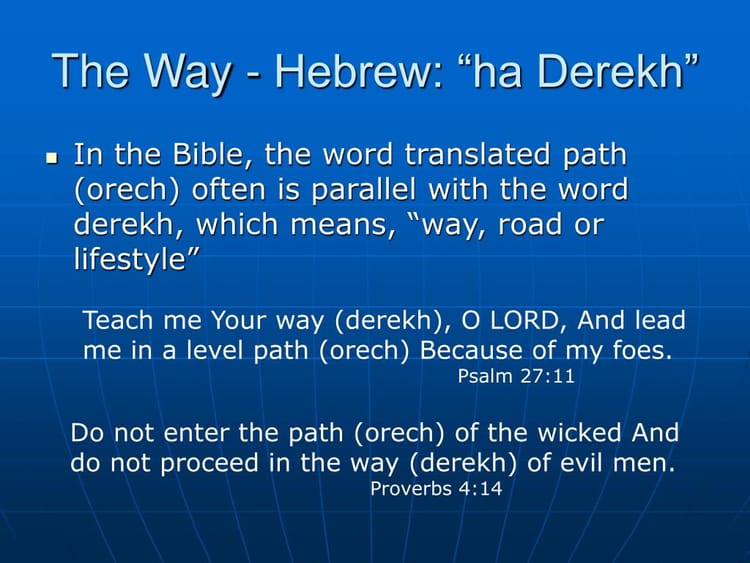
Comments ()